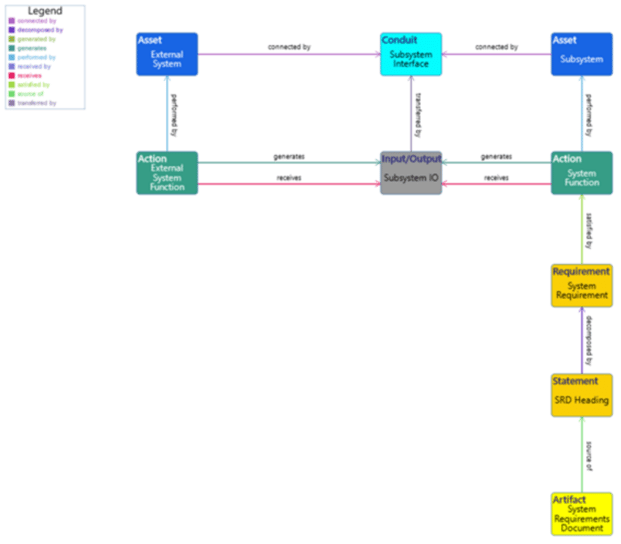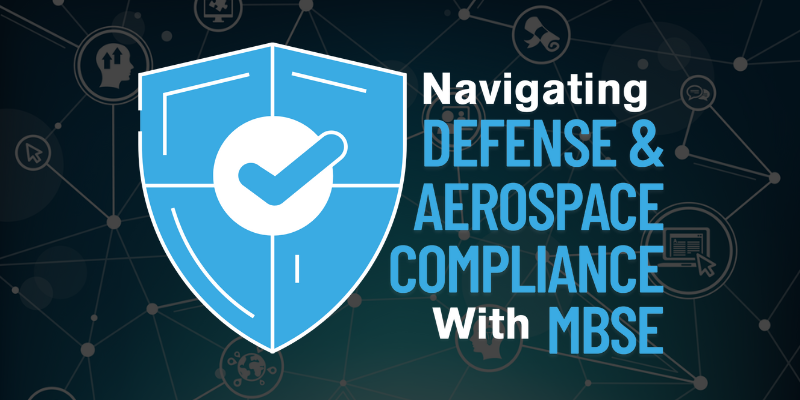Why Data-Driven Decisions Are the Future
Data-driven decision-making (DDDM) is emerging as a new beneficial approach for organizations trying to navigate the complexity and uncertainty of...
A Data Management Plan (DMP) is a crucial digital engineering tool for systems and digital engineers, serving as a visual framework that organizes vast and complex data sets into a format that is both accessible and actionable. Just as a picture is worth a thousand words, a well-crafted DMP enables both technical and non-technical stakeholders to quickly grasp system details and relationships, thereby accelerating project understanding and decision-making.
Today’s systems engineering environment relies increasingly on digital engineering, which emphasizes the use of digital models and collaborative data structures throughout a system's lifecycle. The DMP, often built on the Lifecycle Modeling Language (LML), serves as a core piece of digital engineering infrastructure. It digitizes relationships, supports traceability, and enables seamless integration between tools like Innoslate and broader enterprise architectures.

Figure 1: Example of a Logical Data Model (LDM), a part of the DMP
Digital engineers should build their DMP methodically. The following five steps integrate digital engineering principles to ensure your plan is futureproof, scalable, and effective:
Start by clearly defining the scope of your digital model. Are you focusing on the system level, subsystem level, or both? The scope determines data granularity, informs which digital models should be included, and helps align the DMP with digital engineering goals such as interoperability and lifecycle coverage.
Next, distill your data into logical elements, such as systems, subsystems, requirements, functions, and interfaces. Digital engineering best practices stress semantic clarity and modularity, making it easy for platforms and stakeholders to reuse and build upon your digital assets.
Map your logical data elements to LML classes that define their type, function, and relationships. For instance, use asset entities for systems, action entities for functions, and requirement entities for requirements. Refer to the latest LML Specification for guidance, and always maintain digital traceability to support downstream analysis, simulation, and compliance.
Use digital engineering strategies to set access controls and data boundaries. Boundaries should reflect project needs, regulatory requirements, and information sensitivity, supporting secure collaboration and controlled sharing across digital platforms.
Finally, implement a consistent, meaningful numbering scheme. Leveraging digital tools (e.g., Innoslate’s auto-numbering) can automate this process, improving data discoverability and organizational efficiency. Use clear prefixes and avoid manual overrides that could cause inconsistencies in your digital model.
Integrating digital engineering practices into your DMP creation offers several advantages:
Enhanced traceability, transparency, and lifecycle management.
Improved collaboration and accessibility across distributed teams.
Ability to reuse models and assets, saving time and reducing errors.
A logical data model (LDM) is a visual representation within a digital DMP that makes complex relationships instantly understandable for both technical and non-technical audiences. Leveraging LML and digital engineering principles enables the LDM to become a living part of your system’s lifecycle documentation.
Have questions about model-based systems engineering or requirements management? Talk to an expert and see how Innoslate can streamline your projects from start to finish.

Data-driven decision-making (DDDM) is emerging as a new beneficial approach for organizations trying to navigate the complexity and uncertainty of...
Leaving your old tool might seem daunting, but Innoslate is a modern, cloud-computing tool that makes moving your data simple. The transition process...

Not up for the read? Watch the recording of the webinar!